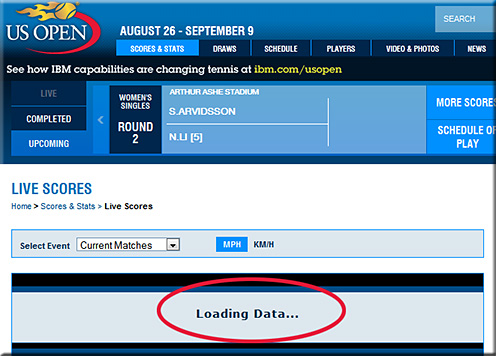Learning from the Living [Class] Room — from Campus Technology by Daniel Christian and Mary Grush; with a huge thanks also going out to Mr. Steven Niedzielski (@Marketing4pt0) and to Mr. Sam Beckett (@SamJohnBeck) for their assistance and some of the graphics used in making these videos.
From DSC:
These 4 short videos explain what I’m trying to relay with a vision I’m entitling, Learning from the Living [Class] Room. I’ve been pulse checking a variety of areas for years now, and the pieces of this vision continue to come into fruition. This is what I see Massive Open Online Courses (MOOCs) morphing into (though there may be other directions/offshoots that they go in as well).
After watching these videos, I think you will see why I think we must move to a team–based approach.
(It looks like the production folks for Campus Technology had to scale things way back in terms of video quality to insure an overall better performance for the digitally-based magazine.)
To watch these videos in a higher resolution, please use these links:
- What do you mean by “the living [class] room”?
- Why consider this now?
- What are some examples of apps and tech for “the living [class] room”?
- What skill sets will be needed to make “the living [class] room” a reality?
Alternatively, these videos can be found at:
.









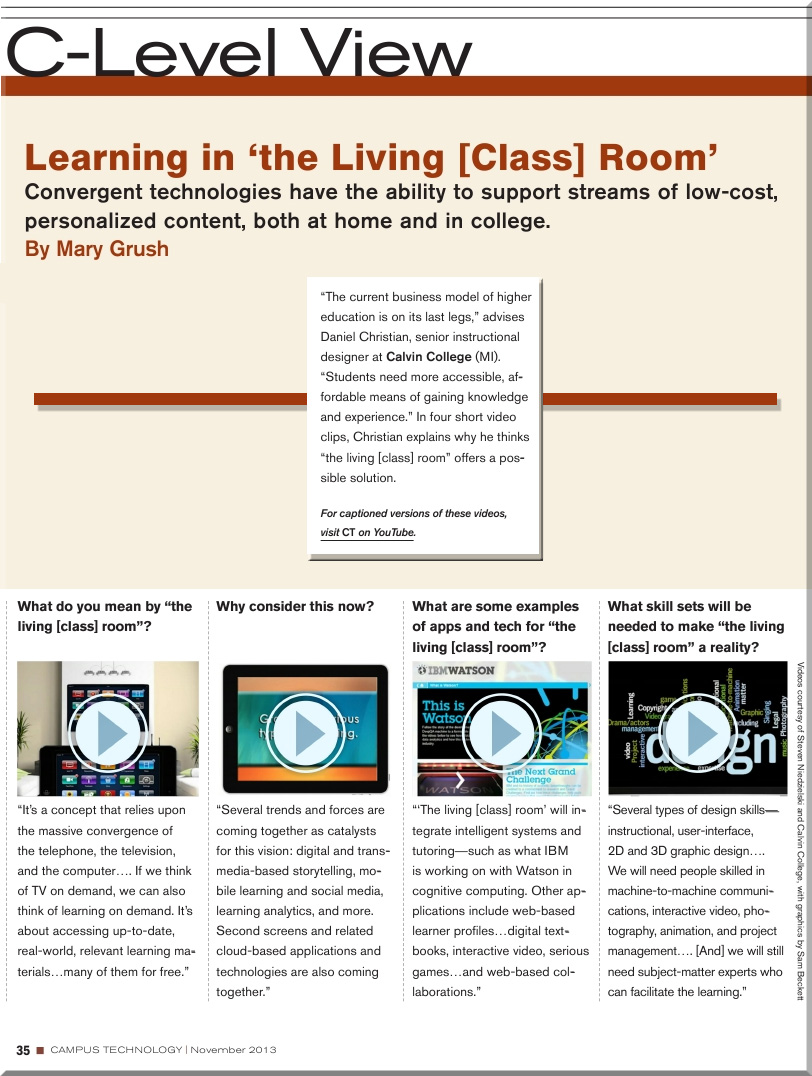
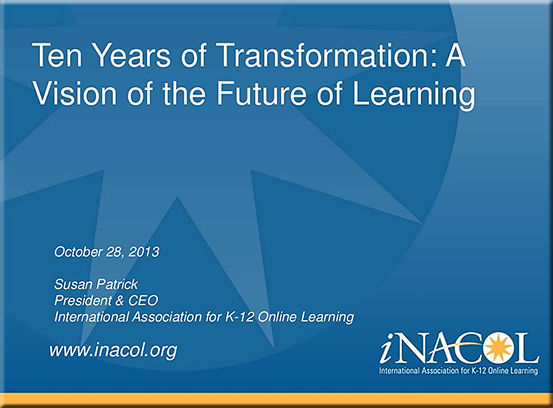
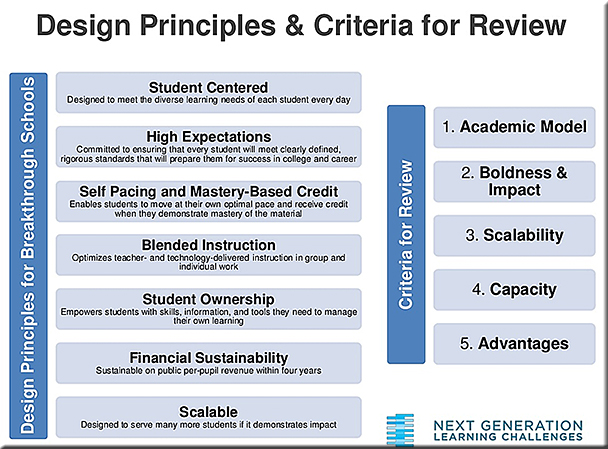
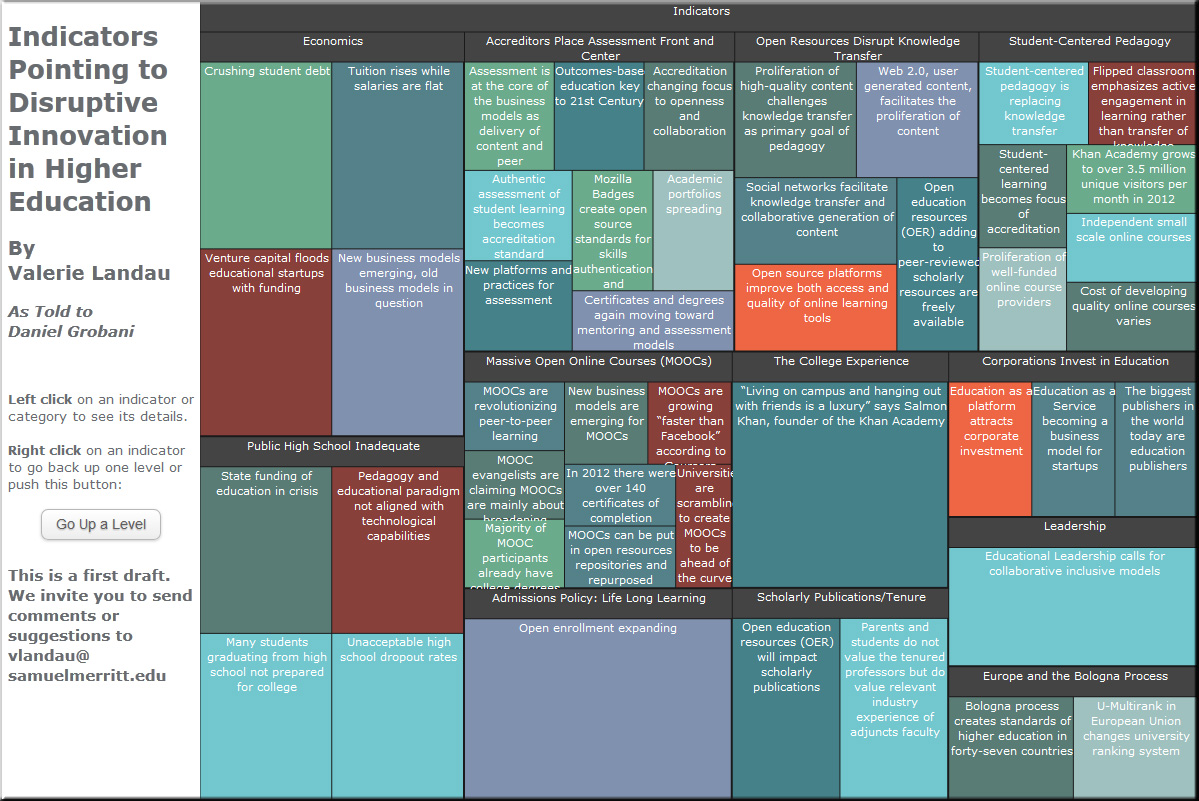
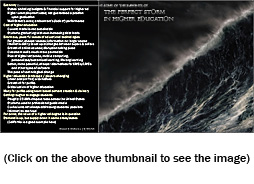

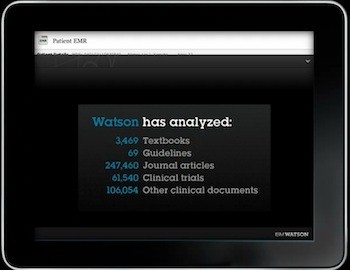
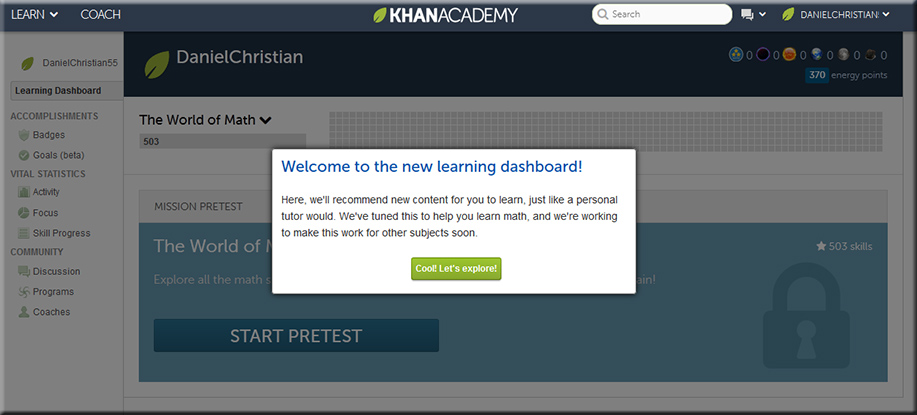




![The Living [Class] Room -- by Daniel Christian -- July 2012 -- a second device used in conjunction with a Smart/Connected TV](http://danielschristian.com/learning-ecosystems/wp-content/uploads/2012/07/The-Living-Class-Room-Daniel-S-Christian-July-2012.jpg)


